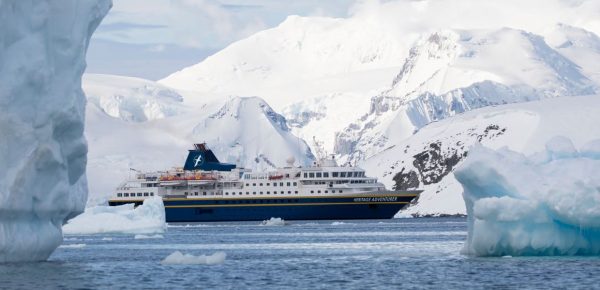Description
The eastern seaboard of Russia dominates the North Pacific and yet very few people know anything about it, let alone have experienced it. This isolation has protected its most valuable assets – its wilderness and wildlife.
The area was considered an important ‘frontier zone’ during the Cold War, so it was off-limits to foreigners. Even Russians had to get special permission to travel here. These limitations were changed in 1991/92 with Perestroika but that didn’t make it more accessible. If anything it is probably less accessible now than it was, as there are fewer people living in the region. This makes it the perfect destination for Expedition Cruising.
In the winter much of the shoreline is choked by ice, however during spring and summer the region is a hive of activity. In September the thousands of birds that migrated here to take advantage of the phenomenal abundance of food will be preparing to leave.
The reindeer and mountain sheep will be feeding in preparation for the harsh winter, while fat Kamchatka Brown Bears, which have fed extensively on berries in the early summer, then feasted on salmon in the rivers and creeks, will be enjoying the late summer sunshine.
Late summer and early autumn is a beautiful time to discover this wilderness. The onset of autumn paints vibrant colours on the tundra-cloaked hillsides creating the perfect postcard landscape.
On this journey from Nome, United States to Otaru, Japan we will make numerous landings along these remote coastlines. We will select sites that few people visit such as river mouths, fiords, bays and islands that, in our experience, offer natural history enthusiasts, photographers, historians and travellers the most unique of opportunities.
Voyage with us and discover the unrestrained beauty and jewel that is the Russian Far East, with the option to join an exclusive tour of the world’s second largest geyser field – Valley of Geysers – via
helicopter.
















